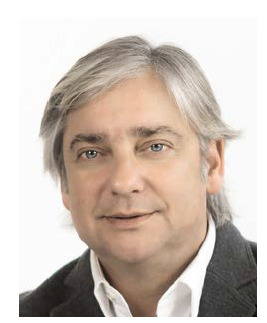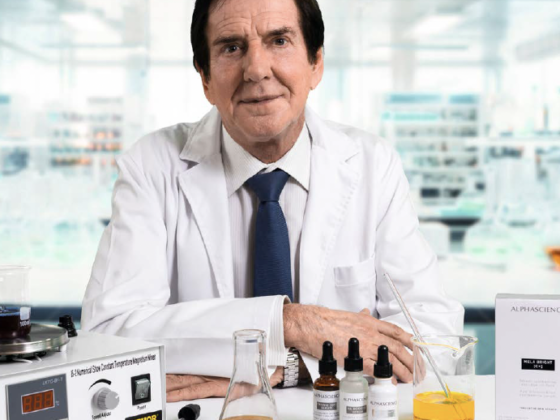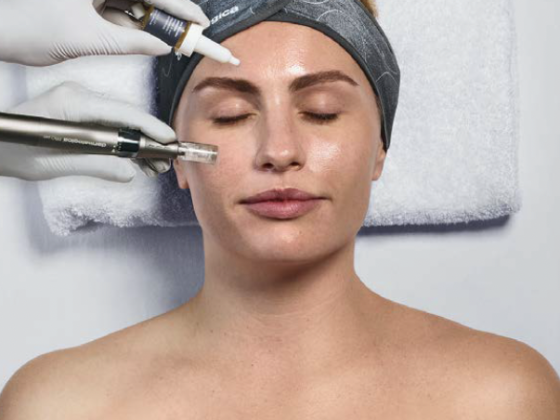Copper Tripeptide-1 is one of the body’s emergency response molecules used for signaling repair processes and tissue regeneration. It accelerates healing for all tissue types and decreases the velocity of several diseases of aging. It is becoming of greater interest in skin care and aesthetics for its wound healing, regenerative, and anti-neoplastic properties.
One of the rst areas to benefit from growth factor research was wound care. Human tissue obtained from either discarded fetal tissue from terminated pregnancies or discarded foreskin from neonatal circumcision was used to culture tissue for skin grafting in burns.
These same basic sources of cell cultures and their mix of growth factors are still used in some skin care products. Other more recently developed technologies using growth factors incorporate individual growth factors as wound healers or cosmeceutical ingredients. These growth factor mixtures as well as some individual growth factors are also not universally permitted in all countries.
Market interest in cosmeceuticals incorporating growth factors
Many cosmetic dermatologists are selling some type of growth factor skin care products. Consumers are often well-educated on products and ingredients and seek out products containing growth factors that they believe will deliver better results. Copper Tripeptide-1 has global cosmetic regulatory acceptance, a well-documented safety profile, and positive effects.
History of Copper Tripeptide-1
In 1975, Loren Pickart first published data on this compound which has activity like that of HGF (Hepatocyte Growth Factor). Like all human growth factors, HGF is a very long peptide chain with a high molecular weight and no skin penetration. Since Copper Tripeptide-1 is a short molecule consisting of the three amino acids – glycine, histidine, and lysine — plus copper, it is more accurately described as a growth factor analog. It is a “matrikine” — a mother messenger molecule.
Natural role in the human body
Copper Tripeptide-1 naturally occurs in all human tissues including skin and has a surprisingly wide array of repair functions. In injured tissue, it signals the synthesis of collagen, elastin, and molecules of the glycosaminoglycan (GAG) ground substance. It has an important role in repairing and maintaining all types of tissues.
Much of the activity of this molecule relates to its ability to bind and transfer copper ions for wound healing, decreasing free radical damage, and limiting excess in ammation.
Skin penetration
As a small molecule, Copper Tripeptide-1 easily penetrates the stratum corneum barrier and is therefore deliverable in cosmeceutical products and wound dressings.
Actions and benefits for aesthetics
Copper Tripeptide-1 is released and comes to the body’s aid when the below processes are activated.
Wound healing – Any tissue injury signals for release of Copper Tripeptide-1 and it, in turn, signals for repair processes to begin. Numerous medical articles document its effectiveness in promoting wound healing in a variety of human and ani- mal wounds including laser wounds, surgical wounds, burns, non-healing ulcers, Mohs, hair transplants, large skin grafts, and diffcult diabetic wounds.
Figure 2 illustrates the improved wound healing ability of a cosmeceutical containing Copper Tripeptide-1 compared to Control. In Table 1 following, the histology report documents improved healing in the wound for which the cosmeceutical containing Copper Tripeptide-1 was used.
Tissue remodeling and skin renewal
Copper Tripeptide-1 is active not only for wound healing but also for normal tissue remodeling. In skin, specific effects include increasing keratinocyte proliferation via stem cell activity, increasing synthesis of normal collagen, improving skin thickness, skin elasticity and rmness, improving wrinkles, photodamage, and glycation, uneven pigmentation, clarity, and tightening, and increasing barrier protein synthesis. It also improved hair transplant survival. Matrix support struc- tures of GAGs, Collagen I, and Collagen III increase as normal tissue architecture is restored in the presence of this molecule.
Anti-tumor effect and DNA repair
One of the most attractive qualities in an aging population more prone to cancer development is its anti-tumor effect. This has been proven both for primary tumors and for metastatic lesions. It protects DNA from the damaging effects of radiation during cancer treatments and photoaging. A variety of tumor cell lines have been shown to die or be suppressed in the presence of Copper Tripeptide-1.
Stem cell anti-senescence
It has a protective effect on normal stem cells and increases their longevity and viability.
Antioxidant and anti-in ammatory effects
The body’s intrinsic antioxidant systems are induced by Copper Tripeptide-1.
It is of great interest to aesthetics, both as a topical skin care ingredient with diverse bene ts and also related to its ubiquitous abilities to improve wound healing, mitigate aging processes, improve normal tissue survival, effect DNA repair, quiet excess in ammation, decrease oxidative stress, and im- prove post-procedure results.
Charlene DeHaven
MD, FACEP – is board certi ed in Internal Medicine and Emergency Medicine and has been awarded Fellow status by the American College of Emergency Physicians. She serves as Clinical Director for INNOVATIVE SKINCARE®, USA












